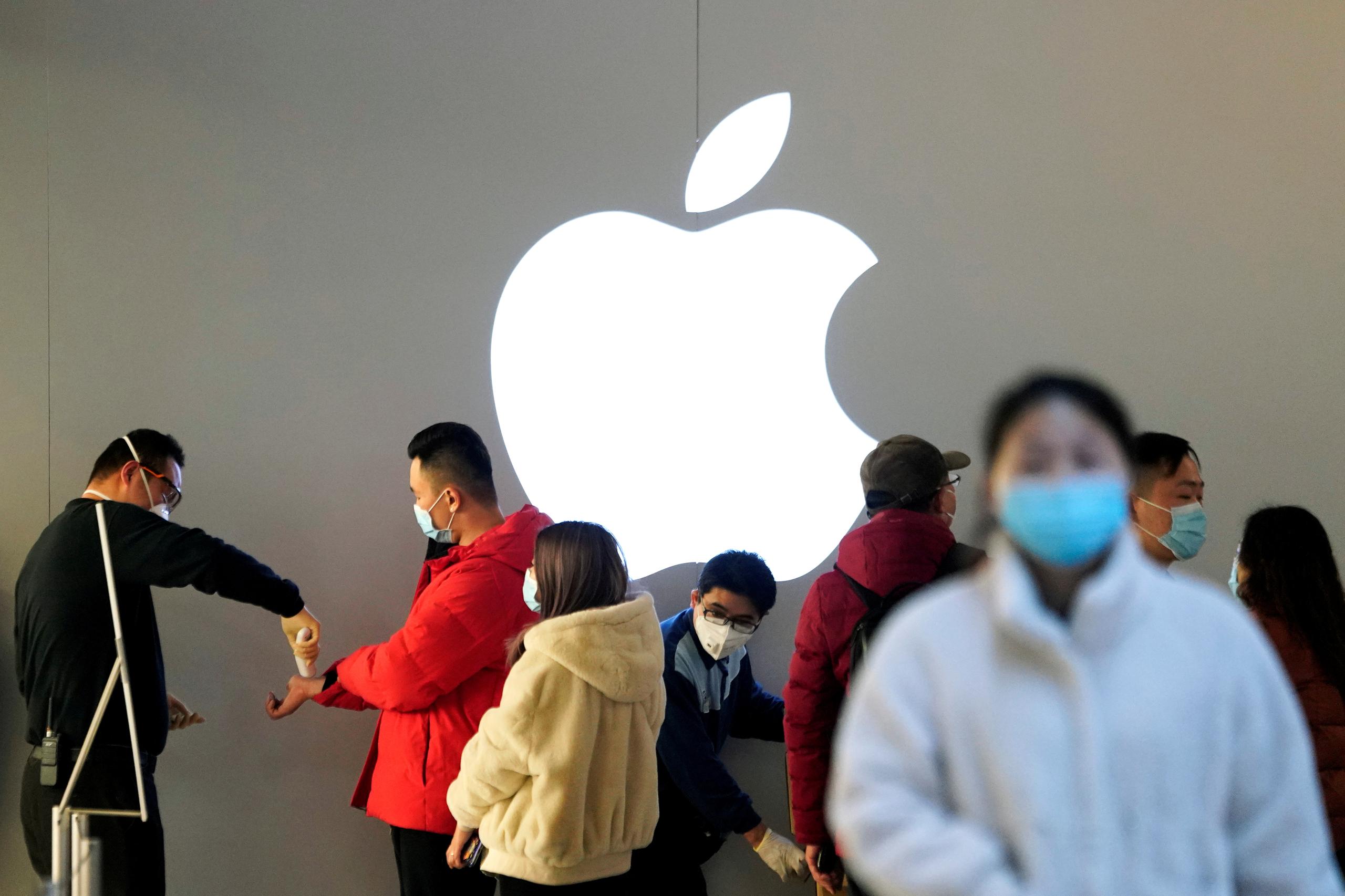Apple was one of the first and biggest companies to warn of the financial impact from Coronavirus.

Last week, Apple issued an investor update stating it will not be able to meet its quarterly guidance for the March quarter.
The fallout from the virus has slowed the pace of workers returning from the extended Chinese New Year holiday.
As a result, worldwide iPhone supply is expected to be temporarily constrained, affecting revenues. Sales in China, for example, are likely to hurt in the quarter as China accounted for 11.13% of Apple’s revenues as of last year.
I guess it isn’t just governments that never let a crisis go to waste. Apple was one of the shorts we suggested going into the Q4 2018 meltdown. The meltdown that scared the Fed back into action in the ensuing months, i.e., by the summer of 2019. We made money on that short. The stock fell from the $230’s down to near $140.
Our recommendation to short it was at $221 and we told you to cover it at $152. The basis for the short was not just a matter of timing the broad market’s slump. It was also because I saw it business as peaking. The company’s sales (below) have been stagnant for years except for a small bump up in 2018 on China hopes.
Net income has gone nowhere over this period. In 2019 it came in at $55 billion, up a couple billion over 5 years. Interest expenses have soared as it has leveraged its balance sheet to buy back shares year after year.
So thank goodness it gave a more cautious outlook, given that its share price has more than doubled from the late 2018 low with nary an improvement in its fundamentals. Apple didn’t have a very expensive PE ratio in 2018 either. It wasn’t cheap. But it was under 15x. Today it is 24x. That implies an annual growth rate of 24% in earnings based on the old Peter Lynch model. The market can’t sustain this market capitalization, which in our opinion reflects the psychology across the board, the Fed’s monetary policy has pushed people out of safe investments into increasingly risky ones with bloated capitalizations and deteriorating fundamental trends.
The information provided here, whether from a third party or not, isn’t to be considered as a recommendation; or an offer to buy or sell; or the solicitation of an offer to buy or sell any security, financial product or instrument; or to participate in any particular trading strategy. We advise any readers of this content to seek their own advice.
